A New Theory of How the Universe Came into Being
Does the famous Big Bang theory need to be revised? A group of theoretical physicists believe the universe may have been born after a four-dimensional star collapsed into a black hole, spewing out its debris.
Before delving into this topic, it's important to note that no one truly knows what happened. Humans weren't there when the universe was born. The standard theory is that the universe expanded from a point of infinite density, or a singularity. Who knows what happened before?
“All physicists know that dragons can appear out of thin air and fly,” said Niayesh Afshordi, an astrophysicist and theoretical physicist at the Environmental Institute in Canada.
So, what are the limitations of the Big Bang theory? Its emergence from nothing is one of them. Another unpredictable point is that the universe formed at such a uniform temperature, because the universe, at 13.8 billion years old, isn't long enough for the temperature to reach equilibrium.
Many cosmologists suggest that the universe would have to expand faster than light for this to happen, but Asford says there's a problem with this theory, adding: "The Big Bang is so complex, it's not even clear whether it was homogeneous enough for inflation to begin."
The following are the propositions of physicists;
1- This model creates a 3-dimensional universe floating like a membrane in a 4-dimensional inflating universe. (Imagining the 3-dimensional universe as a 2-dimensional universe and imagining the 4-dimensional universe as a 3-dimensional universe makes it easier to understand.)
2- If this 4-dimensional universe contains 4-dimensional stars, these stars should have a life cycle like 3-dimensional stars. The largest explodes as a massive supernova, expels its surface, and its interior collapses in on itself, forming a black hole. There are many theories about what lies inside a black hole, but none have been observed.
A 3-D black hole, like our 3D black holes, also has an event horizon. The event horizon is the boundary between the inside and outside of the black hole.
4- In our 3-dimensional universe, the event horizon exists in 2 dimensions. Therefore, in a 4-dimensional universe, the event horizon would exist in 3 dimensions as a hypersphere.
5- So, logically, when the 4-dimensional star explodes, the leftover matter will form a 3-dimensional membrane surrounding the 3-dimensional event horizon and will expand.
Long story short, the universe is constantly expanding, and the more it expands, the faster it expands—thanks to mystical dark energy. This new theory suggests that this expansion is caused by the expansion of the 3D brane. But there's at least one problem.
While this model can explain the uniform temperature of the universe (the 4D universe already has this), a telescope called Planck, belonging to the European Space Agency, has mapped many small temperature variations in the microwave cosmic background radiation, the oldest picture of the universe.
While this new model differs from the cosmic microwave background, researchers are working to refine it. Either way, they believe this theory is worthy of consideration. The Planck Telescope shows that inflation occurs, but it doesn't show why it occurs.
Source: Universe Today-Goodbye Big Bang, Hello Black Hole? A New Theory Of The Universe's Creation
Popular Science-The Big Bang May Not Have Spawned The Universe After All
Nature-Did a hyper-black hole spawn the Universe?
References:
- Pourhasan, R., Afshordi, N. & Mann, R.B. Preprint available at http://arxiv.org/abs/1309.1487(2013).
- Dvali, G., Gabadadze, G. & Porrati, M. Phys. Lett. B 485, 208–214 (2000).

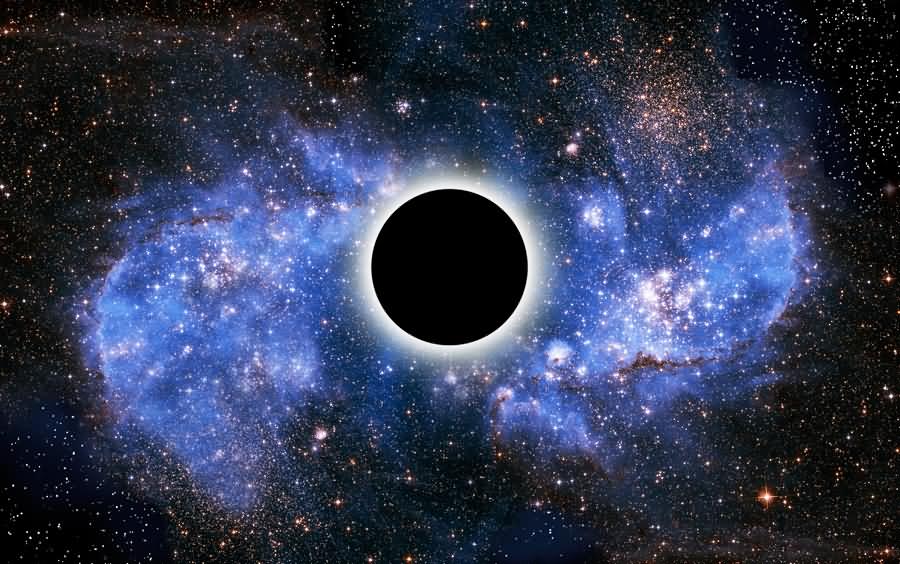


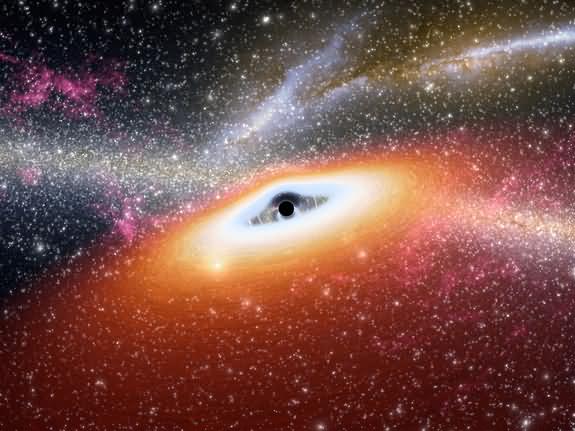
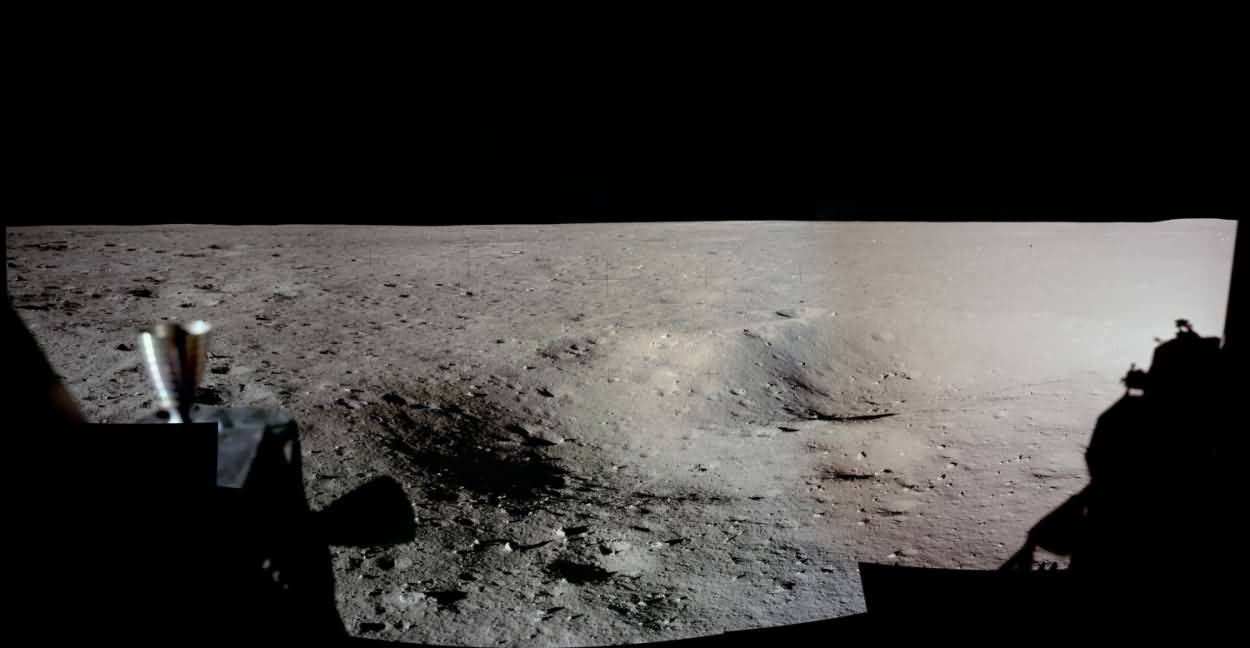
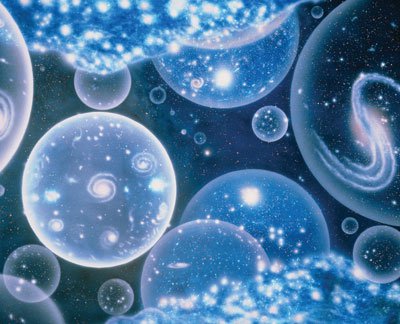

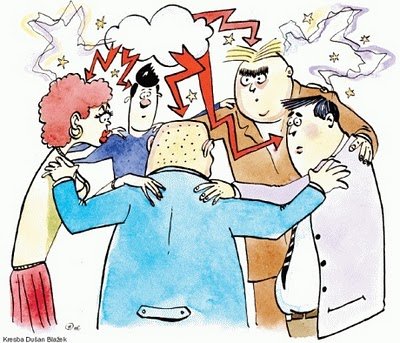
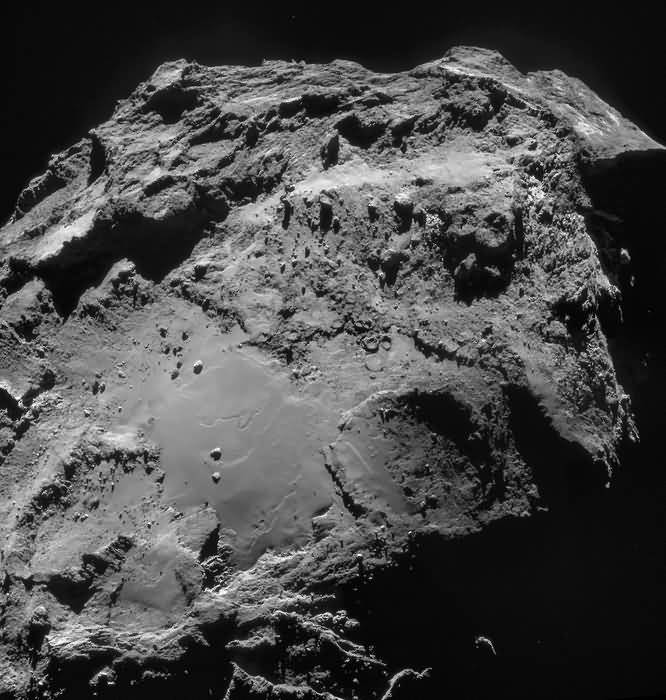
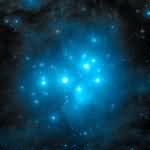
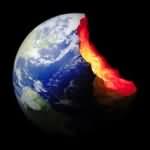
Latest developments;
The theory of inflation, the faster-than-light expansion mentioned in the article, was proven by the discovery of gravitational waves.
First Post:
http://erhankilic.org/post/kutlecekim-dalgalarinin-kesfi-ve-sonuclari/
Second Article:
http://erhankilic.org/post/kutlecekim-dalgalarinin-kesfinin-sonuclari-2-kuantum-alanlari-higgs-alani-ve-sisme-teorisi/